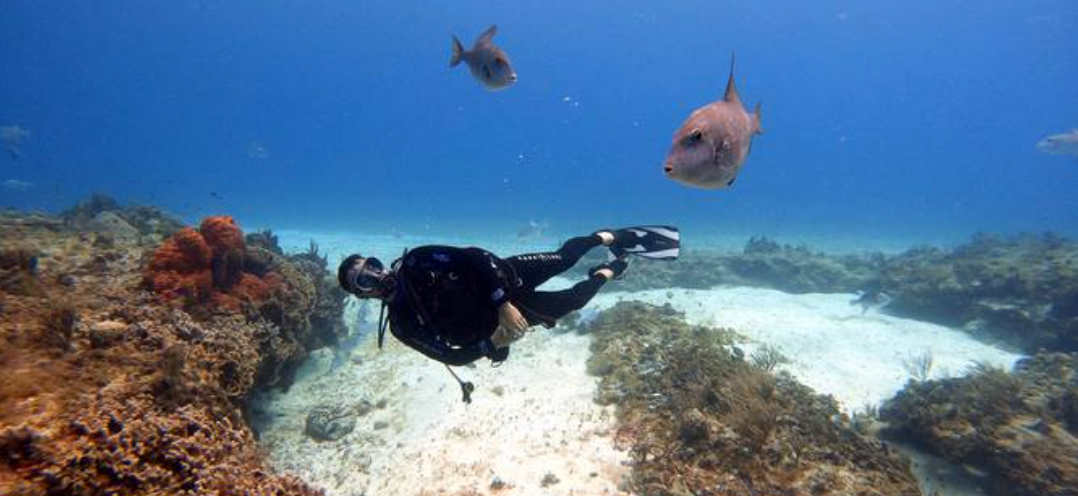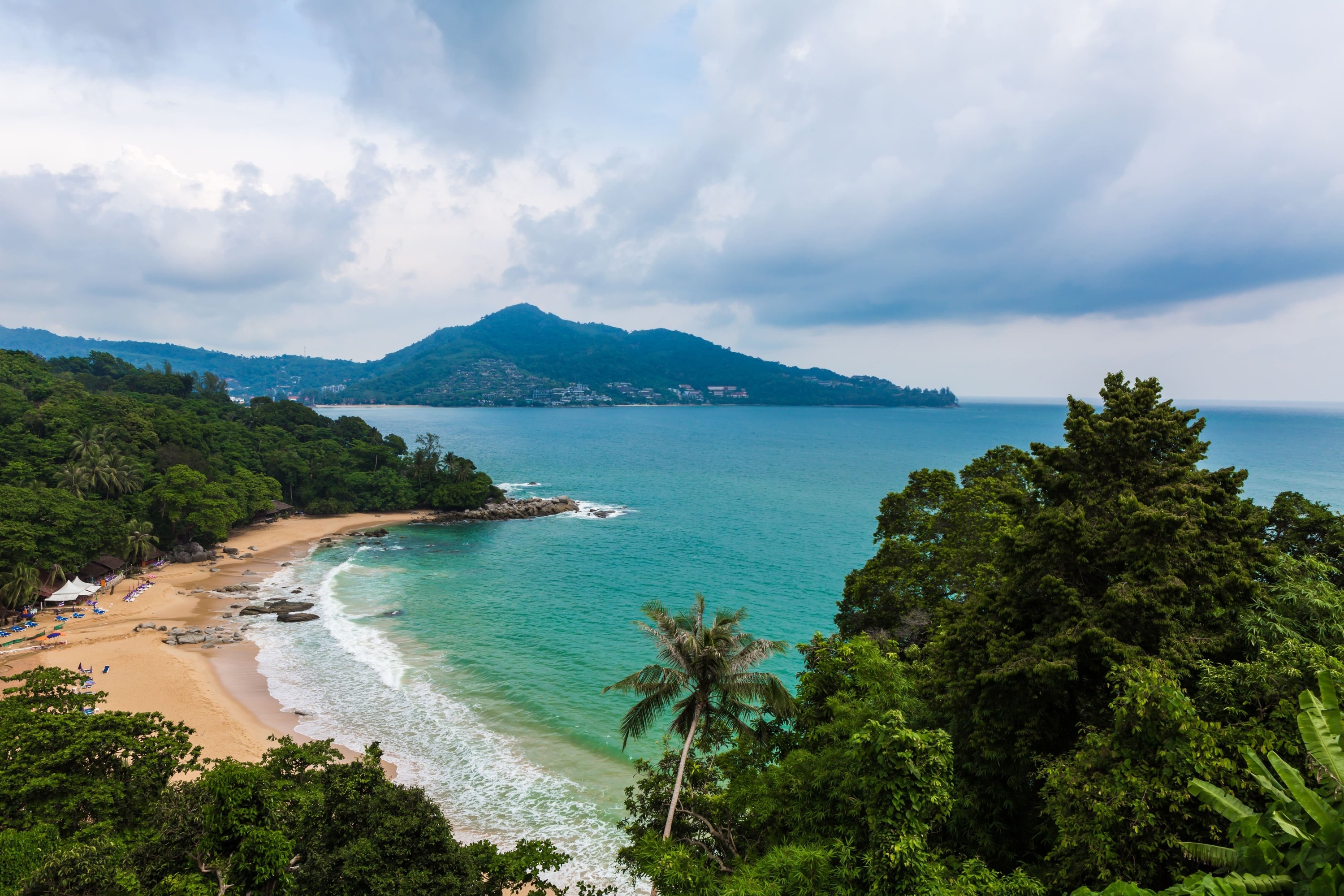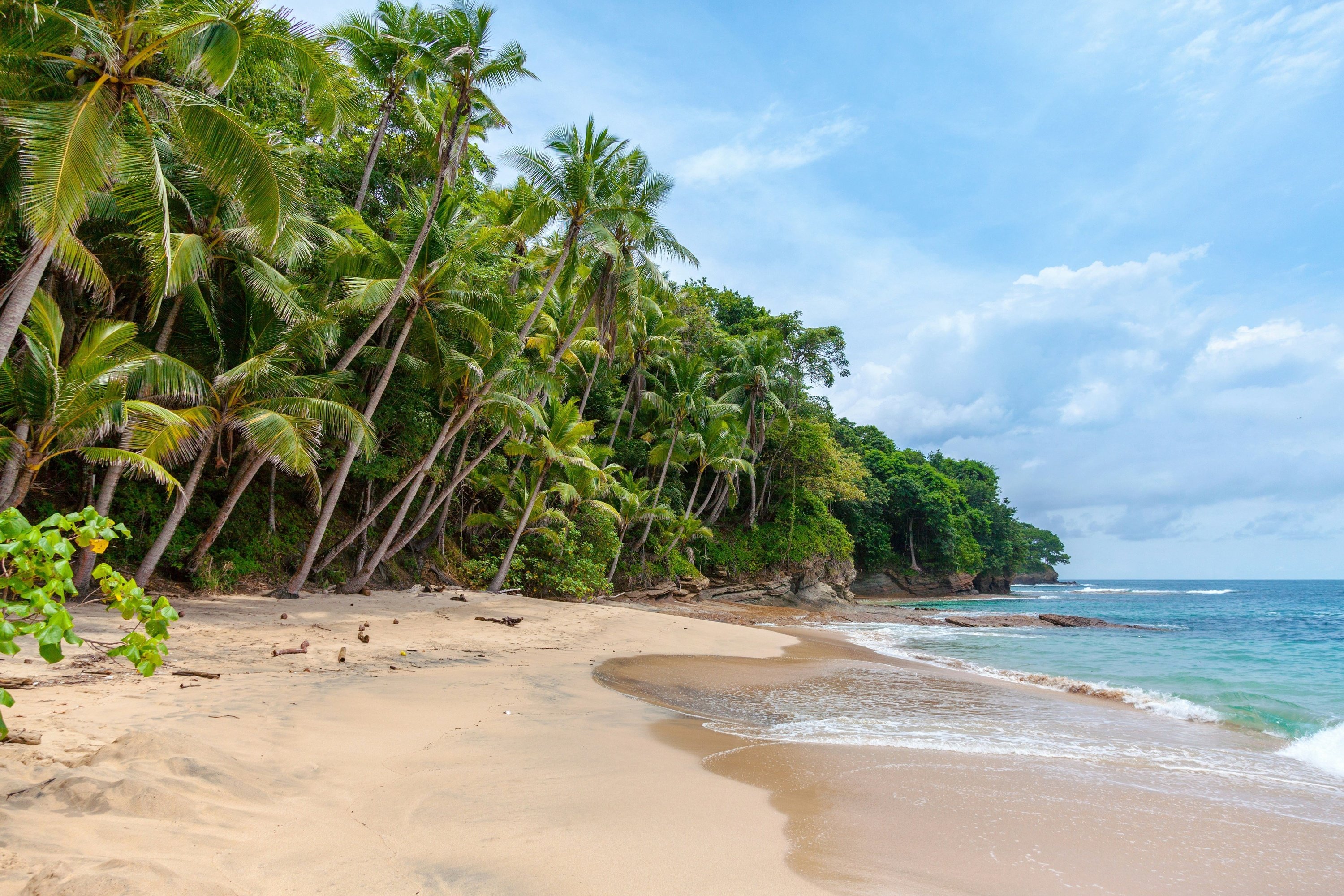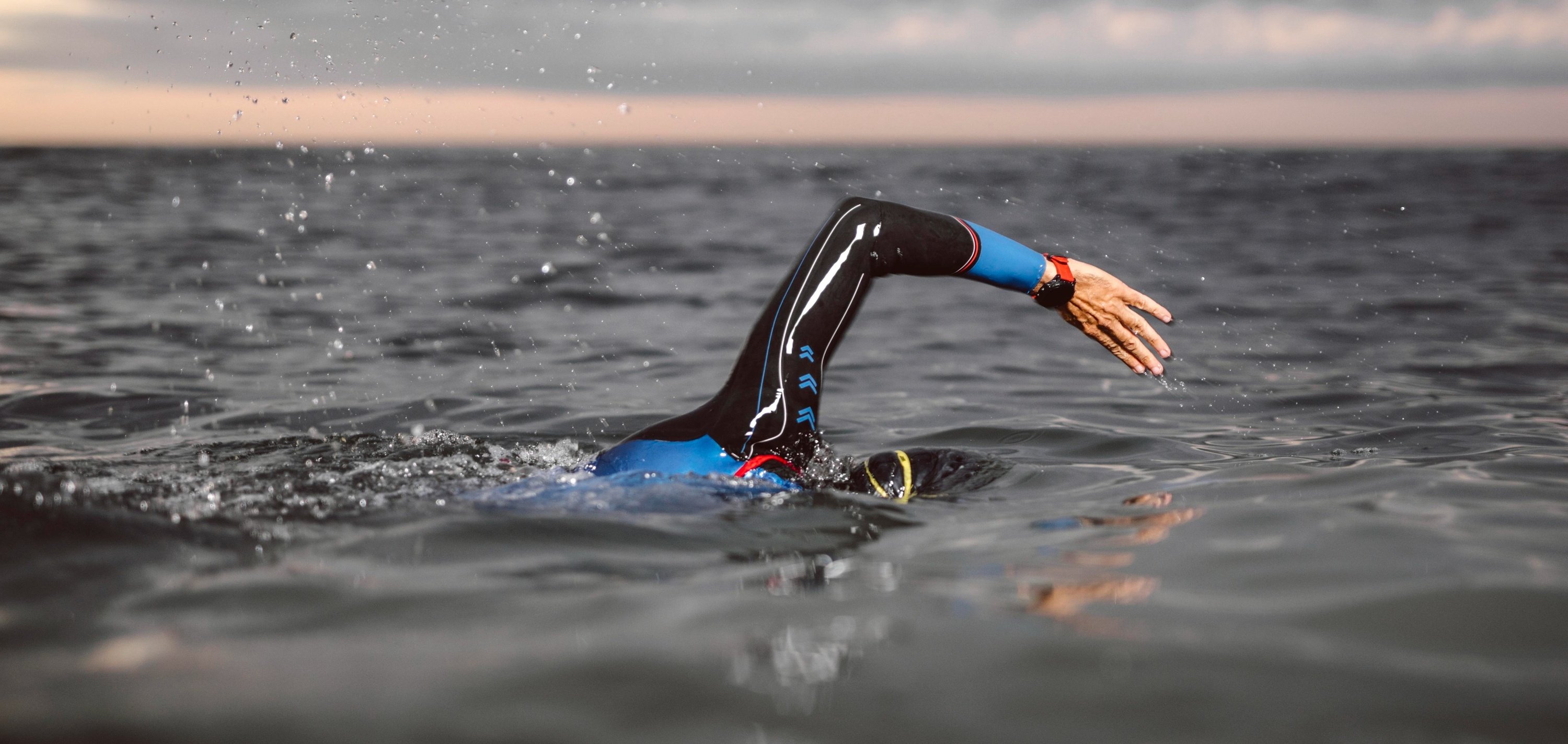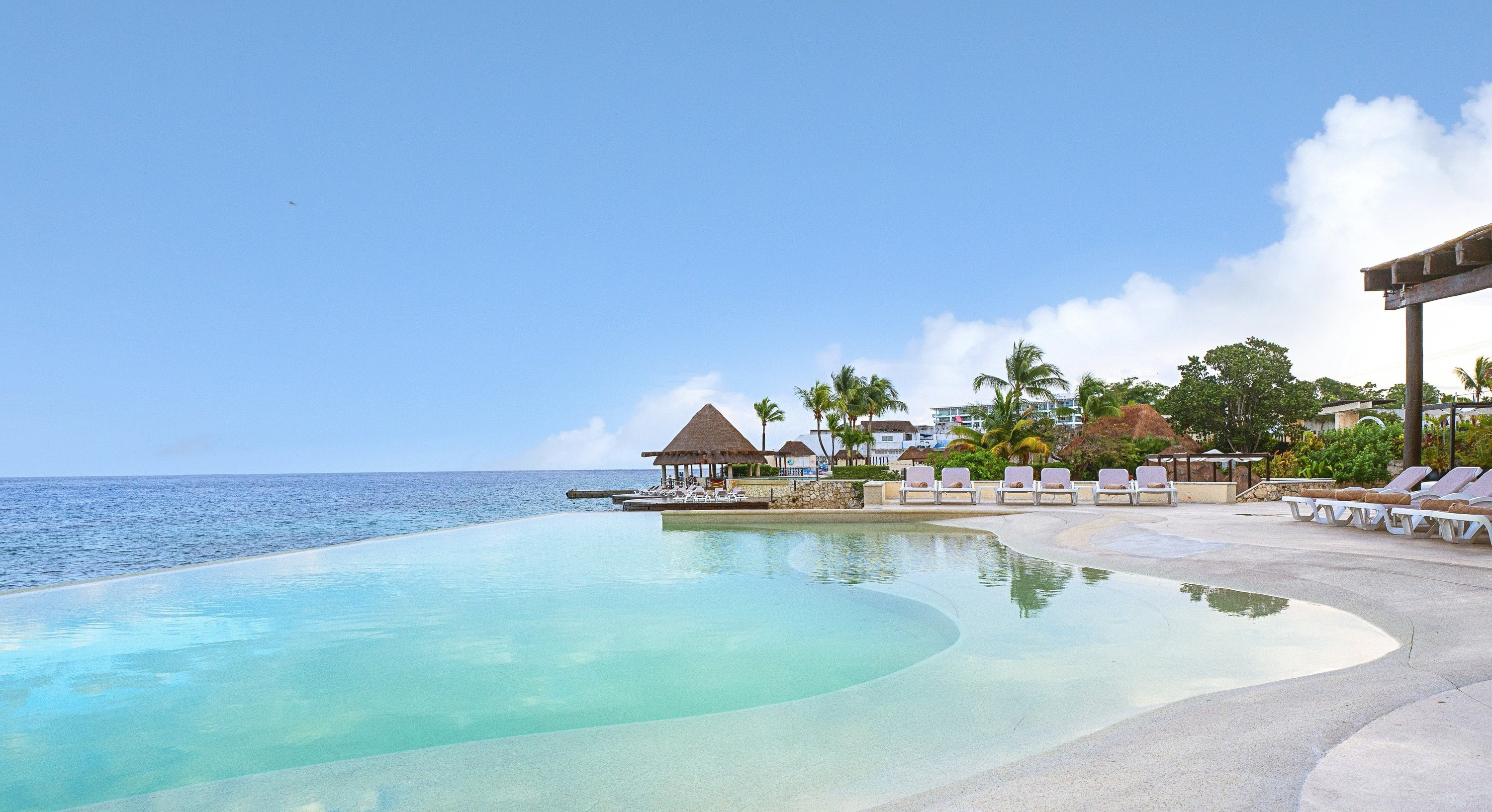What can we learn about coral reef care in Cozumel?
Sustainability 26/09/2022
The coral reefs of Cozumel are one of the main tourist attractions of this Mexican island. The coral reef barrier grows and expands along the coastline of the largest island in the Mexican Caribbean, thanks to a bet for sustainability and the compatibility of tourism and fishing activities with environmental protection.
Around Cozumel Island is what is considered to be the second-largest barrier reef in the world. It consists of a total of 26 protected reef areas within the Great Mesoamerican Reef. Thanks to this, its popularity has increased, and yearly thousands of people arrive on its coasts to practice activities such as scuba diving.
A protected area since 1996
The coral reef of Cozumel, in Mexico, is composed of a total of more than 1,192 species of animals and plants. This means you could find algae, and fish, but also sponges, echinoderms, corals, and other endemic species typical of this area of the Mexican Caribbean.
Thanks to this great variety of species and the shallow waters, many visitors choose Cozumel every year as a destination for diving, and ecotourism and to enjoy environmentally sustainable tourism experiences. Accommodations such as Grand Park Royal Cozumel, with its All-Inclusive plan and privileged location on the island, have become a favorite among tourists looking to spend a few days in a protected environment where they can discover authentic natural wonders.
To make tourist activity and the protection of the coral reef compatible, the southwest zone of Cozumel was declared Cozumel National Park in 1996. Since then, many environmental initiatives have been carried out to protect the corals and prevent their extension from being reduced or affected by the tourism boom.
Clear waters, perfect for snorkeling.
In addition to a large number of plant and animal species and corals that inhabit these waters, we must also highlight the water's transparency in this area of the Caribbean Sea. The visibility of the water is one of the best in the world and you can see up to 200 feet all year round. This makes this area a dream for diving and snorkeling enthusiasts.
To keep Cozumel's coral reef in perfect condition for future generations, there are always some tips and recommendations for visitors in the area, such as the following:
● Do not use sunscreens containing Oxybenzone, an ingredient that has proven to be harmful to corals and causes bleaching.
● Buy fish only from responsible companies and professional restaurants in the area to avoid overfishing damage to the marine environment.
● Consuming local products to favor the communities that live in and protect Cozumel National Park throughout the year.
The care of the corals on the island of Cozumel leaves a great lesson for all of us: the compatibility of responsible tourism activity with the protection of protected areas for their environmental wealth.
Around Cozumel Island is what is considered to be the second-largest barrier reef in the world. It consists of a total of 26 protected reef areas within the Great Mesoamerican Reef. Thanks to this, its popularity has increased, and yearly thousands of people arrive on its coasts to practice activities such as scuba diving.
A protected area since 1996
The coral reef of Cozumel, in Mexico, is composed of a total of more than 1,192 species of animals and plants. This means you could find algae, and fish, but also sponges, echinoderms, corals, and other endemic species typical of this area of the Mexican Caribbean.
Thanks to this great variety of species and the shallow waters, many visitors choose Cozumel every year as a destination for diving, and ecotourism and to enjoy environmentally sustainable tourism experiences. Accommodations such as Grand Park Royal Cozumel, with its All-Inclusive plan and privileged location on the island, have become a favorite among tourists looking to spend a few days in a protected environment where they can discover authentic natural wonders.
To make tourist activity and the protection of the coral reef compatible, the southwest zone of Cozumel was declared Cozumel National Park in 1996. Since then, many environmental initiatives have been carried out to protect the corals and prevent their extension from being reduced or affected by the tourism boom.
Clear waters, perfect for snorkeling.
In addition to a large number of plant and animal species and corals that inhabit these waters, we must also highlight the water's transparency in this area of the Caribbean Sea. The visibility of the water is one of the best in the world and you can see up to 200 feet all year round. This makes this area a dream for diving and snorkeling enthusiasts.
To keep Cozumel's coral reef in perfect condition for future generations, there are always some tips and recommendations for visitors in the area, such as the following:
● Do not use sunscreens containing Oxybenzone, an ingredient that has proven to be harmful to corals and causes bleaching.
● Buy fish only from responsible companies and professional restaurants in the area to avoid overfishing damage to the marine environment.
● Consuming local products to favor the communities that live in and protect Cozumel National Park throughout the year.
The care of the corals on the island of Cozumel leaves a great lesson for all of us: the compatibility of responsible tourism activity with the protection of protected areas for their environmental wealth.



